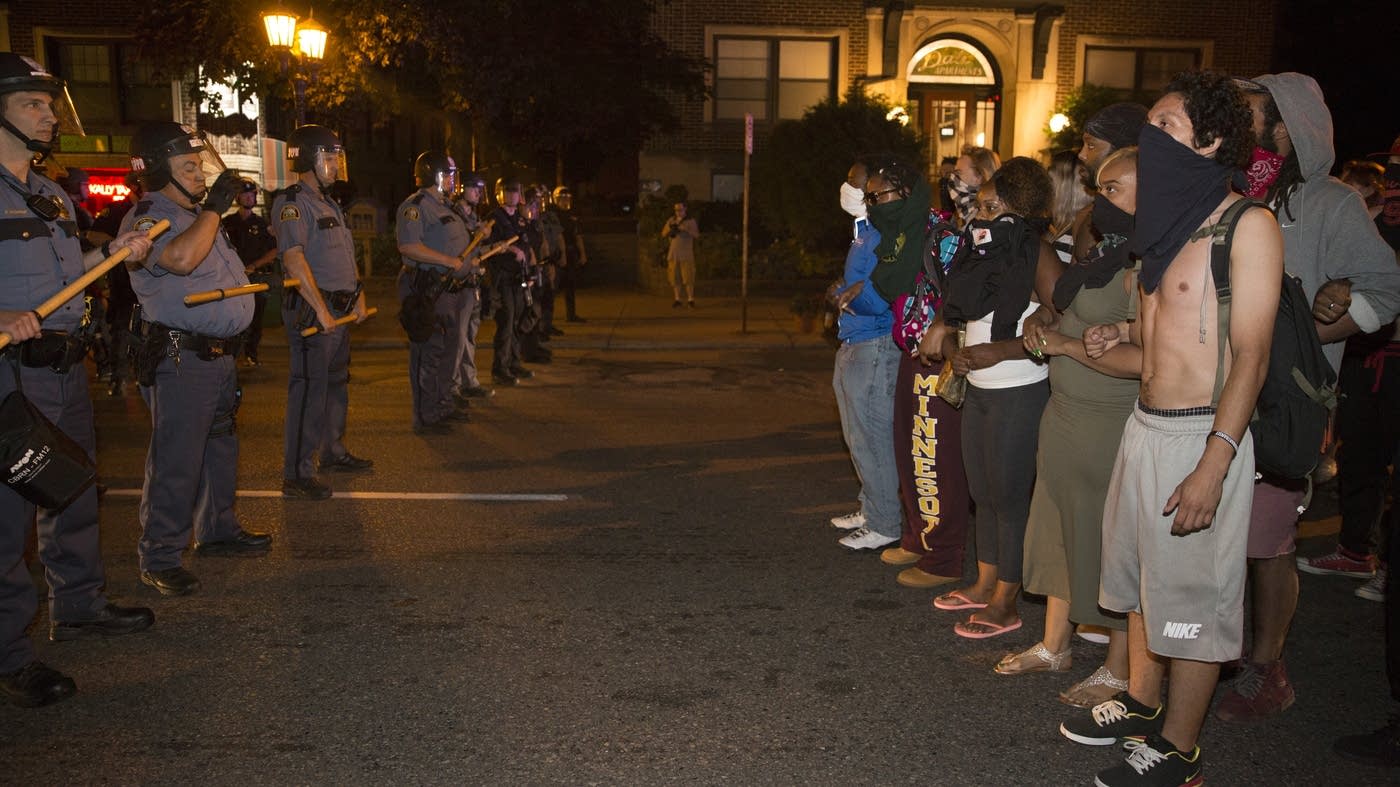
 Despite what we may insist, we care what others think of us in Minnesota. That’s why we chafed over an assertion that one of our counties was the worst place to live, or beamed that we’re the least rude drivers, that we’re more business friendly than most people think, even though we’re not very funny, and we’re pretty darned snooty.
Despite what we may insist, we care what others think of us in Minnesota. That’s why we chafed over an assertion that one of our counties was the worst place to live, or beamed that we’re the least rude drivers, that we’re more business friendly than most people think, even though we’re not very funny, and we’re pretty darned snooty.
Whatever good image the Twin Cities and Minnesota might have developed since that famous Time magazine cover in the ’70s, has been erased in the last week. Now, we’re an example of a faded paradise, if you believe The Atlantic, which paints a picture of segregation with its latest article.
“They’re seen as an affordable utopia where forward-thinking social policies have led to greater equality,” it says. This allowed us to laud that we’re not like Chicago, or St. Louis, or New York.
But, we are.
To be sure, it’s nothing new. It uses as its assessment, Myron Orfield, the director of the Institute on Metropolitan Opportunity at the University of Minnesota, who has been warning us for years that we’re not as special as we like to think we are. His 2015 report, “Why Are The Twin Cities So Segregated?“, got a little attention around here. But now it’s getting a national look because he’s been proven right, The Atlantic suggests.
It all started changing in the ’80s when the effort to create more affordable housing the suburbs gave way to a philosophy that said the best way to eliminate poverty in the city is to develop the area, thus allowing land set aside for affordable housing the suburbs to revert to its original use intent — single family homes for people who could afford them.
Private developers will build where there is less opposition, and in the Minneapolis of the 1980s and 1990s, that was often in dilapidated center-city neighborhoods hungry for development. The Twin Cities allocated the low-income-housing tax credits in such a way that the cities would get a higher share of tax-credit projects, thus ensuring that affordable housing, and the money that came with it, would go to the cities, not the suburbs.
To be sure, on its surface, there’s nothing wrong with investing in building housing in a distressed neighborhood in the hope that it will create economic activity. But to solely invest in those neighborhoods, without providing opportunity in other neighborhoods, violates the Fair Housing Act.
That, at least, was the gist of a Supreme Court decision last June, which said that the way the state of Texas distributed its low-income-housing tax credits, concentrating them in high-poverty neighborhoods, violated the law. Continually building in central neighborhoods “manifestly does not offer residents of distressed neighborhoods new housing opportunities in more affluent areas, or promote racial or economic integration,” Orfield writes.
The change in direction can be seen in data from recent years. Between 2002 and 2011, the Twin Cities produced 2,249 units for those earning 30 percent of the median metropolitan income. But 92 percent of those units were built in the central cities, which are home to 23 percent of the region’s population. Of the 7,253 affordable units occupied in that time period, 74 percent were in the central cities.
Segregation can worsen economic disparities, too. The Twin Cities possess the highest rates of racial employment discrepancy in the nation, according to Jessica Nickrand, who countered Thompson’s story in an Atlantic piece, “Minneapolis’s White Lie,” in February 2015. Residents stuck in the inner-cities live further from the good jobs and good schools in the suburbs. And segregation can also lead to a lack of interactions between black and white communities, an unfamiliarity that could lead to tensions, and, as the incidents of the past week indicate, even death.
“Almost all of the places you are seeing problems between the police the community are very segregated. You are not seeing these problems as often in more integrated places,” Orfield tells The Atlantic.
It’s not as if we weren’t warned.
Related: How artist lofts became white segregated subsidized housing (MPR News)
